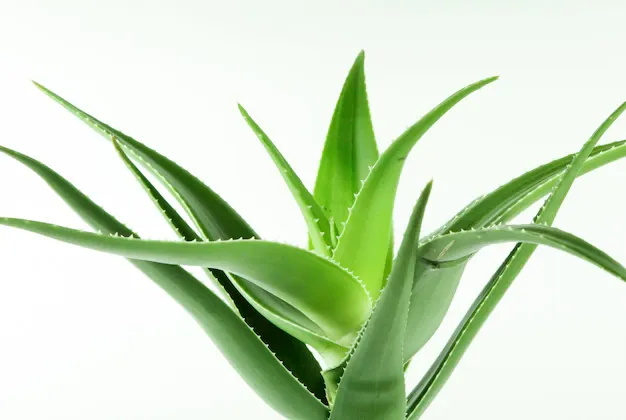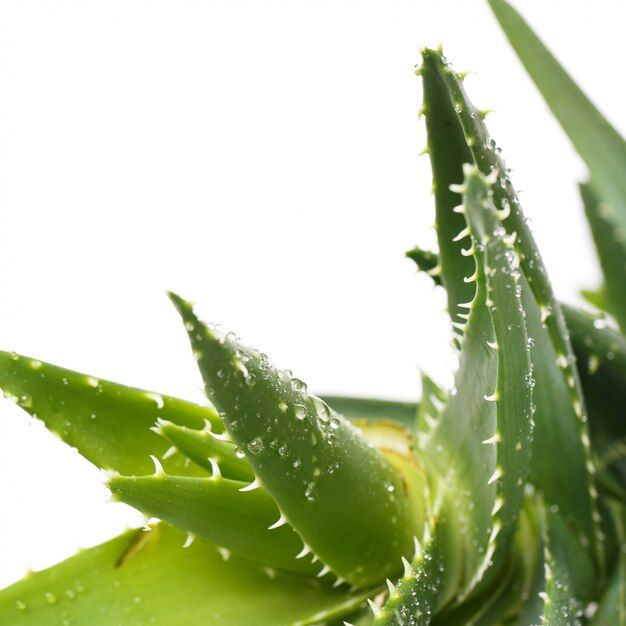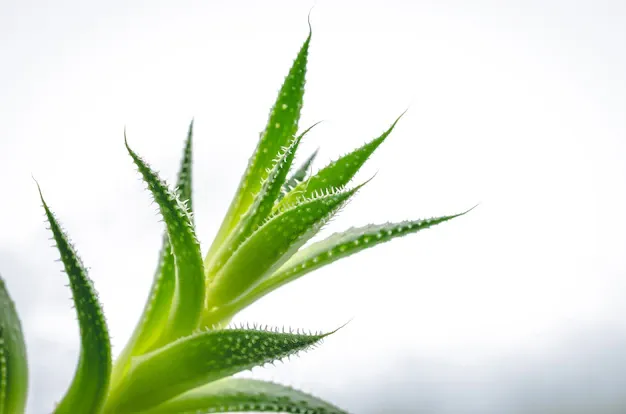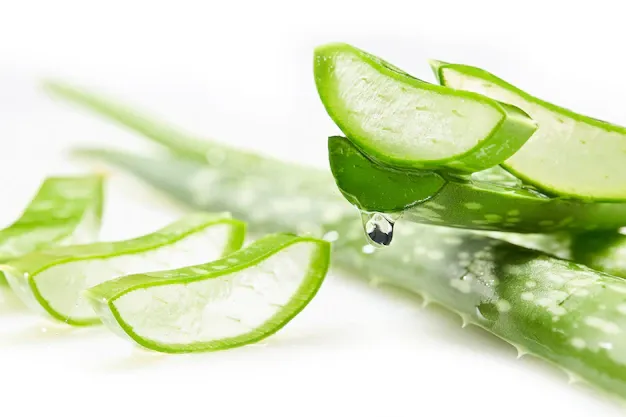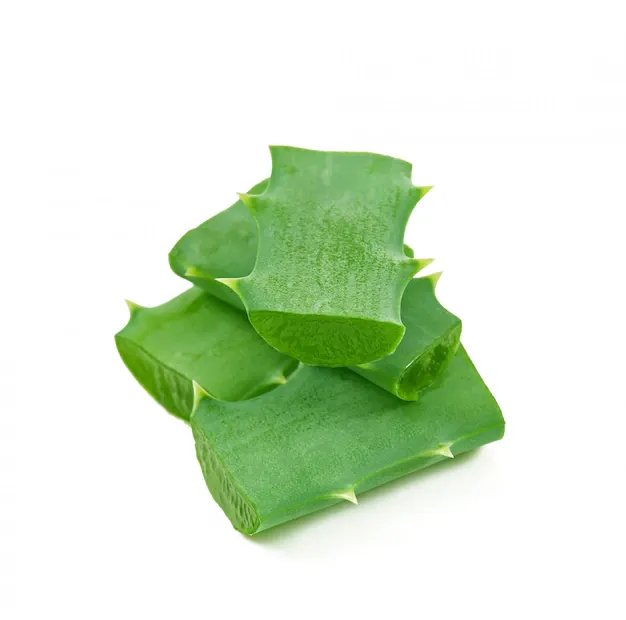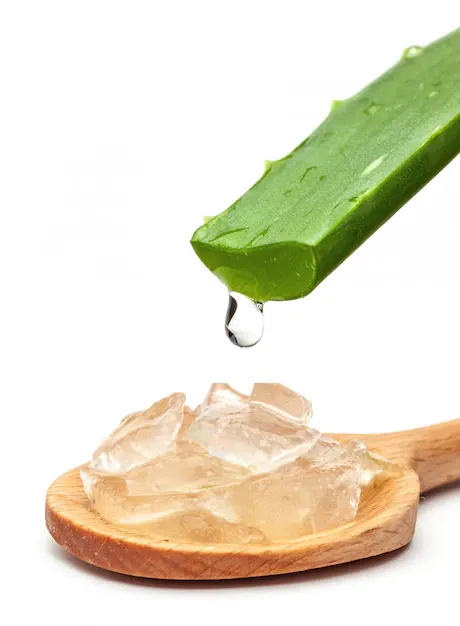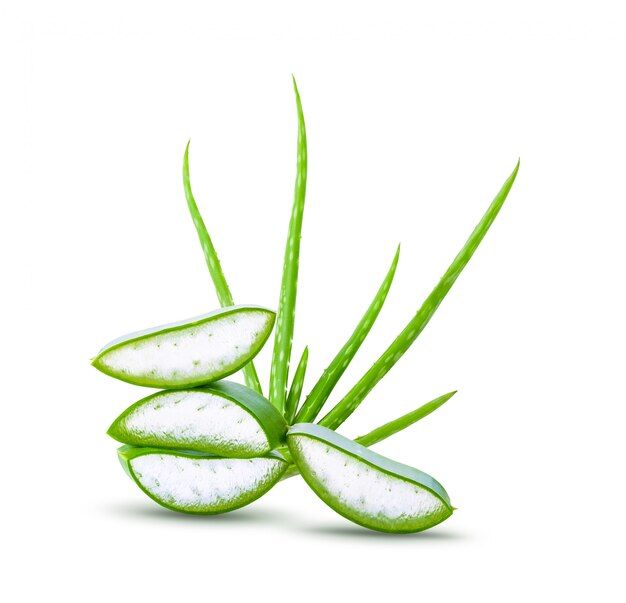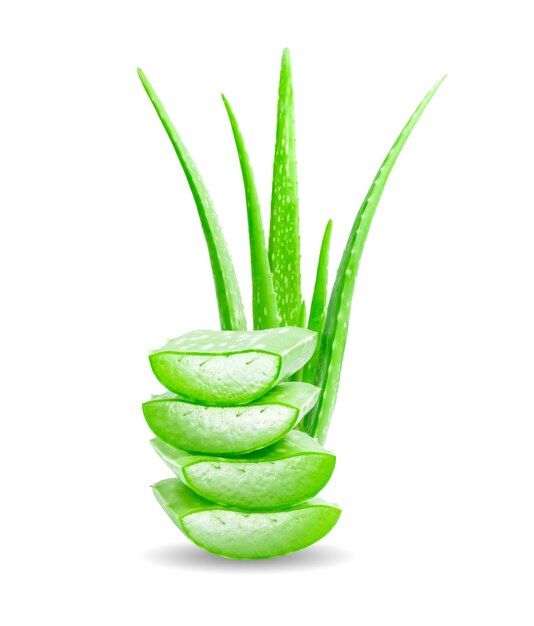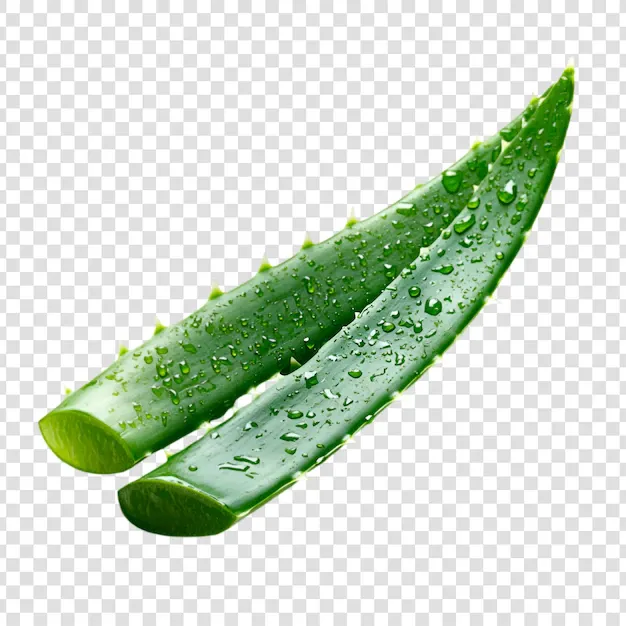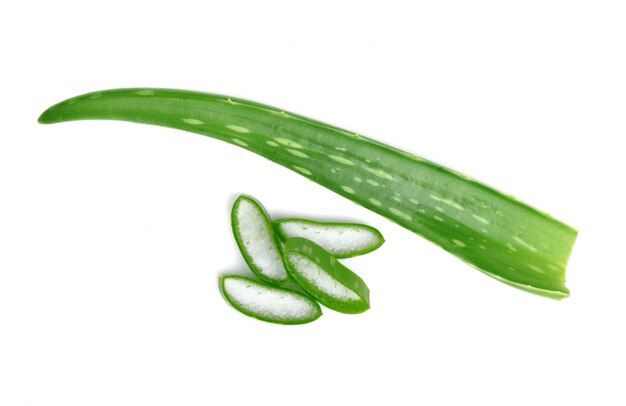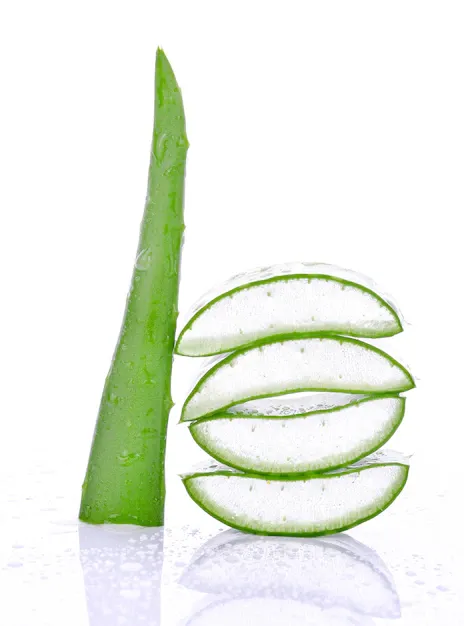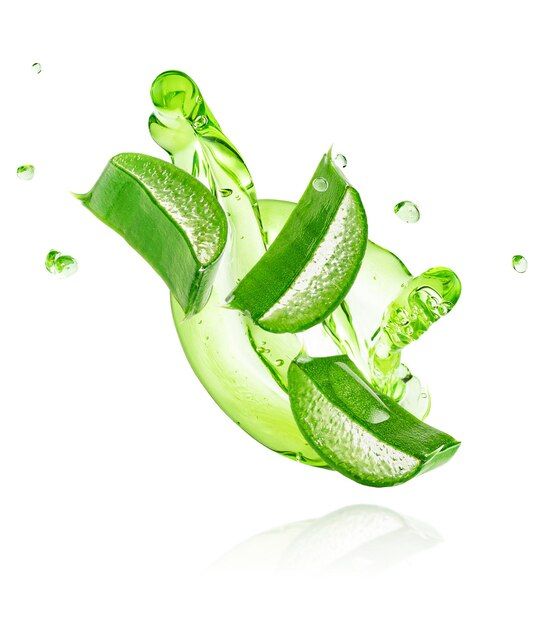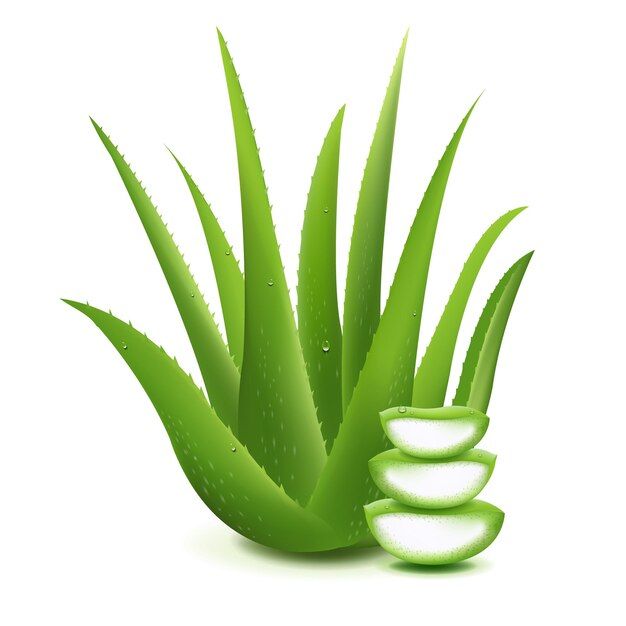Assalamu Alaikum friends
Aloe vera, a succulent plant species, has been valued for centuries due to its medicinal, cosmetic, and agricultural benefits. It is widely known for its healing properties, particularly in skincare and digestive health. Aloe vera cultivation has also gained popularity because of its adaptability to various climatic conditions and its relatively low maintenance requirements.
In this article, we will explore the various benefits of aloe vera, its uses, and a step-by-step guide on how to cultivate it successfully.
Health Benefits of Aloe Vera
Aloe vera is rich in essential vitamins, minerals, and antioxidants that contribute to its various health benefits.
Skin Health and Healing Properties
Aloe vera gel is widely used in skincare products due to its soothing and hydrating properties.
It helps treat sunburns, minor burns, and wounds by promoting faster healing.
The gel contains compounds like polysaccharides and glycoproteins, which reduce inflammation and stimulate skin regeneration.
Regular application can help reduce acne, scars, and blemishes.
Digestive Health
Aloe vera juice is known to aid digestion and relieve constipation due to its natural laxative properties.
It helps balance stomach acidity and can be beneficial for individuals suffering from acid reflux or indigestion.
The plant contains enzymes that support the breakdown of sugars and fats, enhancing nutrient absorption.
Immune System Boost
Aloe vera is rich in antioxidants that help combat free radicals, reducing oxidative stress in the body.
It contains polysaccharides that support the immune system by stimulating white blood cell production.
Anti-Inflammatory Properties
Aloe vera helps reduce inflammation in the body, making it beneficial for individuals suffering from arthritis and joint pain.
It can also be used topically to relieve swelling and redness from insect bites or skin irritations.
Hair and Scalp Care
Aloe vera is an excellent natural remedy for dandruff and dry scalp.
It helps strengthen hair, reducing hair fall and promoting hair growth.
The antifungal and antibacterial properties of aloe vera keep the scalp healthy.
Diabetes Management
Studies suggest that aloe vera can help regulate blood sugar levels, making it beneficial for people with diabetes.
The plant contains compounds that enhance insulin sensitivity.
Weight Loss and Detoxification
Aloe vera juice helps detoxify the body by flushing out toxins from the digestive system.
It aids in metabolism and promotes weight loss by improving digestion and reducing fat accumulation.
Uses of Aloe Vera
Aloe vera is widely used in multiple industries, including pharmaceuticals, cosmetics, and food production.
Medicinal Uses
Aloe vera gel is used in ointments, creams, and lotions for treating skin conditions.
It is an ingredient in many herbal supplements and drinks that promote overall health.
Aloe vera extracts are used in traditional medicine for treating wounds and infections.
Cosmetic and Skincare Industry
Found in lotions, shampoos, conditioners, and facial masks.
Used in anti-aging creams due to its moisturizing and wrinkle-reducing properties.
Food and Beverage Industry
Aloe vera juice is a popular health drink that supports digestion and boosts immunity.
It is used in making smoothies, herbal teas, and detox drinks.
Agriculture and Farming
Aloe vera is used as an organic pesticide and fertilizer.
Cultivation of Aloe Vera
Aloe vera is a hardy plant that thrives in warm climates and requires minimal care. Here’s a step-by-step guide on how to cultivate aloe vera successfully.
Climate and Soil Requirements
Aloe vera grows best in warm, tropical, and subtropical regions with temperatures between 15°C to 35°C.
The gel can be applied to plants to prevent fungal infections and insect attacks.
The plant prefers well-drained sandy or loamy soil with a pH level between 6.0 and 7.5.
Avoid heavy clay soil as it retains excess moisture, leading to root rot.
Propagation Methods
Aloe vera can be propagated through:
Offsets (Pups) – The easiest and most common method. Small baby plants growing around the mother plant can be separated and replanted.
Seeds – A less common method, usually requiring controlled conditions.
Planting Process
Select healthy pups that are at least 3-4 inches tall.
Allow the offsets to dry for 1-2 days before planting to prevent rot.
Plant the offsets in well-drained soil, keeping a spacing of 12-18 inches between each plant.
Water lightly after planting but avoid overwatering.
Watering and Maintenance
Aloe vera is a drought-resistant plant and does not require frequent watering.
Water the plant once every 2-3 weeks, allowing the soil to dry between watering sessions.
Overwatering can cause root rot, so ensure proper drainage.
Sunlight and Temperature Requirements
Aloe vera thrives in 6-8 hours of direct or indirect sunlight.
In extremely hot climates, partial shade is recommended to prevent sunburn on the leaves.
The plant should be protected from frost, as it is not cold-tolerant.
Fertilization
Aloe vera requires minimal fertilization.
Apply a balanced organic fertilizer once every 3-4 months for optimal growth.
Avoid excessive use of chemical fertilizers, as they can damage the plant.
Pest and Disease Control
Aloe vera is resistant to most pests but can sometimes be affected by:
Aphids and Mealybugs – Can be controlled using neem oil or insecticidal soap.
Fungal Diseases – Caused by excessive moisture; prevent by ensuring proper drainage.
Harvesting Aloe Vera
The leaves of aloe vera can be harvested after 8-12 months of growth.
Select outer, mature leaves (at least 8 inches long) for harvesting.
Cut the leaf close to the base using a sharp knife and allow the yellow sap (aloin) to drain before use.
Commercial Aloe Vera Farming
Economic Viability
Aloe vera cultivation is highly profitable due to the increasing demand in medicinal, cosmetic, and food industries.
The plant requires low investment and minimal maintenance, making it an attractive option for small-scale and commercial farmers.
Yield and Productivity
A well-maintained aloe vera farm can yield 40-50 tons of leaves per hectare annually.
The gel extracted from the leaves can be sold to cosmetic and pharmaceutical companies.
Market Opportunities
Aloe vera products are in high demand globally.
Farmers can sell aloe vera leaves to processing units or produce aloe vera gel, powder, and juice for direct sale.
Aloe vera is an incredibly beneficial plant with a wide range of uses in medicine, skincare, and agriculture. Its easy cultivation and high market demand make it an excellent choice for both home gardening and commercial farming. By following the right techniques for soil preparation, planting, watering, and maintenance, anyone can successfully grow and benefit from aloe vera cultivation.
Whether used for personal health benefits or as a source of income, aloe vera remains one of the most versatile and valuable plants in the world.
Skin Care and Beauty
Aloe vera is widely used in skincare products due to its hydrating, anti-inflammatory, and healing properties. It helps in:
Treating acne and reducing blemishes
Soothing sunburn and minor burns
Moisturizing dry skin
Reducing wrinkles and fine lines
Treating eczema and psoriasis
Digestive Health
Aloe vera juice is beneficial for digestion and gut health. It:
Helps in relieving constipation due to its natural laxative properties
Supports digestion and reduces acidity
Promotes gut health by balancing gut bacteria
Aids in detoxification and cleansing the digestive tract
Boosts Immunity
Aloe vera contains antioxidants, vitamins, and minerals that help boost immunity. It:
Strengthens the body's defense against infections
Reduces inflammation in the body
Helps in managing allergies and respiratory issues
Aids in Weight Loss
Aloe vera juice is known to support weight loss by:
Enhancing metabolism
Detoxifying the body
Reducing fat accumulation
Controls Blood Sugar Levels
Studies suggest that aloe vera may help regulate blood sugar levels, making it beneficial for people with diabetes. It helps in:
Lowering blood glucose levels
Improving insulin sensitivity
Hair Care Benefits
Aloe vera is excellent for hair health. It:
Reduces dandruff and scalp irritation
Strengthens hair and promotes growth
Adds shine and softness to hair
Cultivation of Aloe Vera
Aloe vera is a hardy plant that requires minimal care, making it ideal for home gardens and commercial cultivation.
Climate and Soil Requirements
Climate: Aloe vera grows best in warm and dry climates. It cannot tolerate frost and excessive moisture.
Soil: Well-drained, sandy, or loamy soil is ideal. The soil should not retain excess water to prevent root rot.
Propagation and Planting
Aloe vera is propagated through offsets (pups) that grow around the parent plant.
To plant aloe vera, follow these steps:
Choose healthy offsets with well-developed roots.
Prepare a pot or garden bed with well-draining soil.
Plant the offsets at a shallow depth and water lightly.
Place the plant in a sunny spot with indirect light.
Watering and Maintenance
Aloe vera requires minimal watering. Water once every two weeks or when the soil is dry.
Avoid overwatering, as it can lead to root rot.
Fertilize sparingly, preferably with organic compost or mild fertilizers.
Remove dead leaves and weeds to maintain healthy growth.
Harvesting Aloe Vera
Aloe vera leaves can be harvested once the plant is mature (about 8–12 months old).
Use a sharp knife to cut the outer, older leaves close to the base.
Allow the yellow sap (aloin) to drain before using the gel inside.
Pest and Disease Control
Aloe vera is generally resistant to pests, but common issues include:
Aphids and mealybugs: Remove manually or use natural insecticides.
Fungal infections: Avoid overwatering and ensure proper drainage.
Ending here today..........
❤️ Thanks for visiting my blog.
I hope you like this blog.
If you like the blog, let me know through the comment.
See you again in the next blog.
Stay healthy, be careful and follow me.
And Subscribe my YouTube Channel
https://youtube.com/@littlerafi-h6l?si=tyZIp4JJPDkbTQtL
